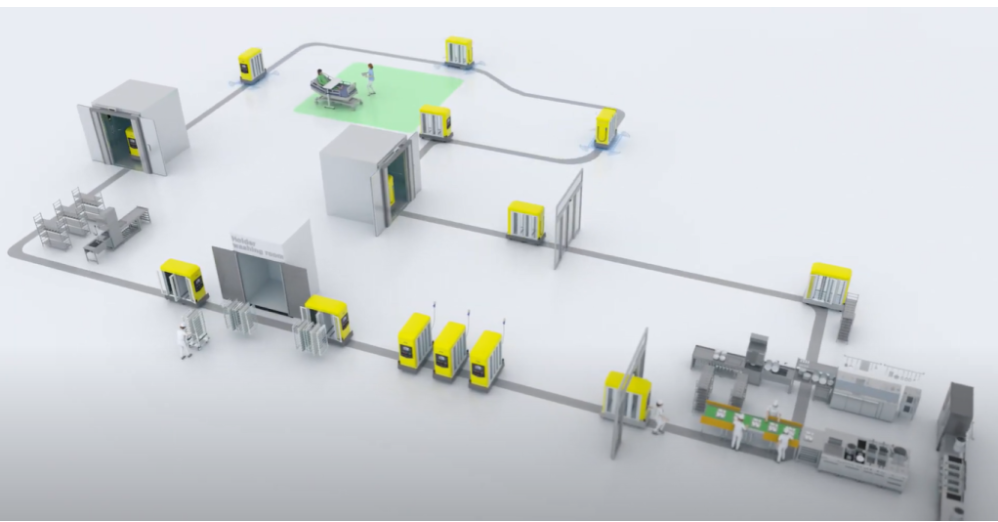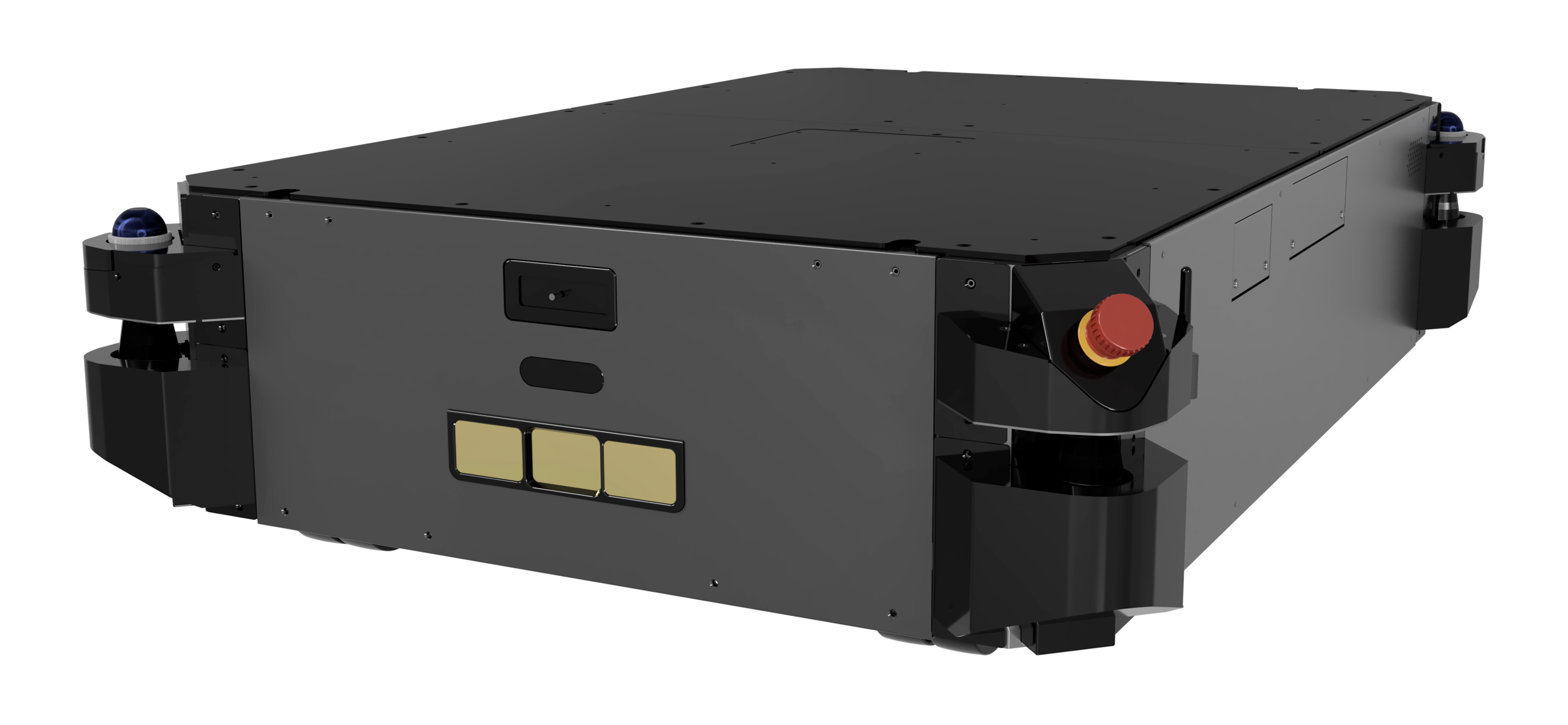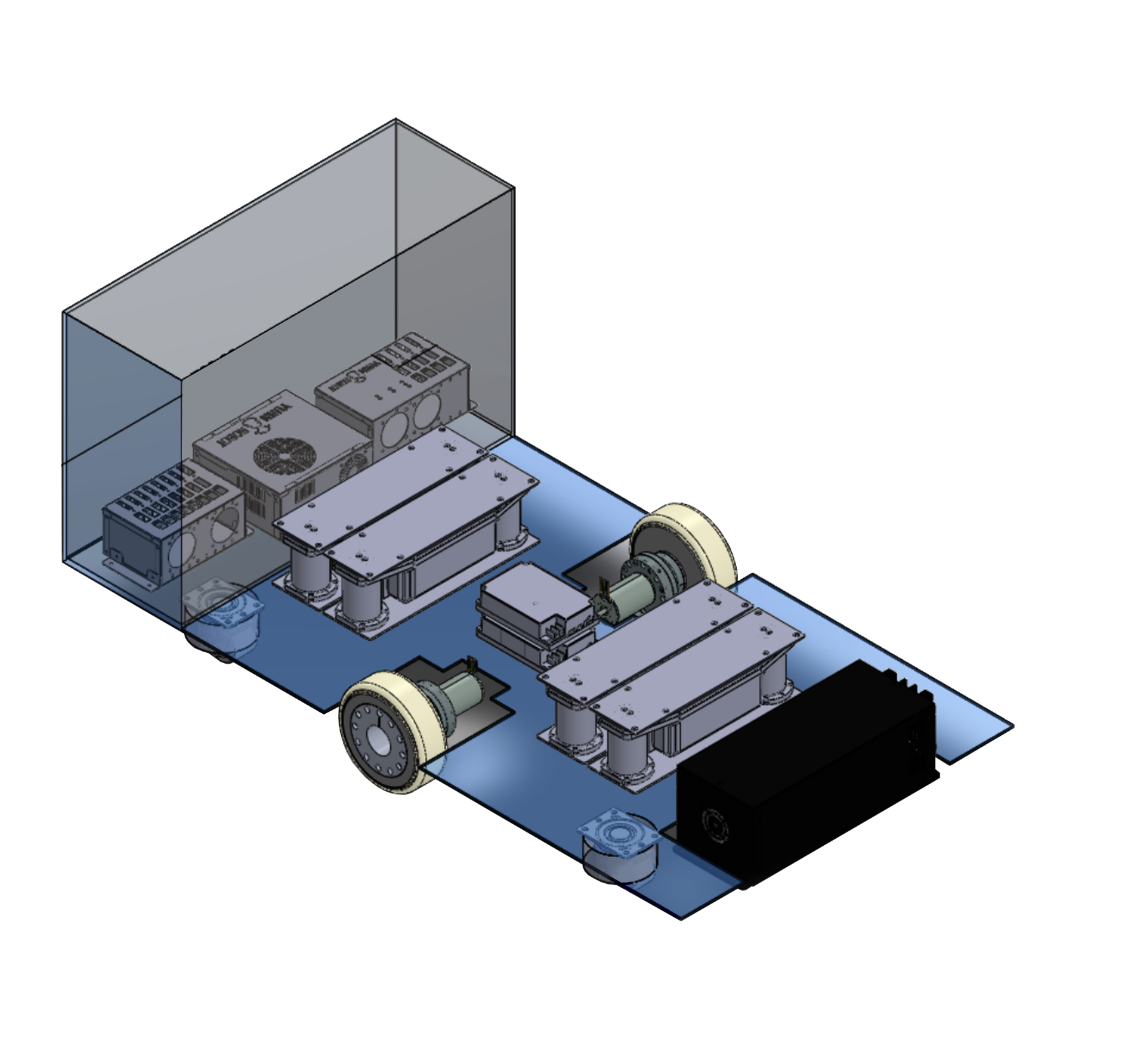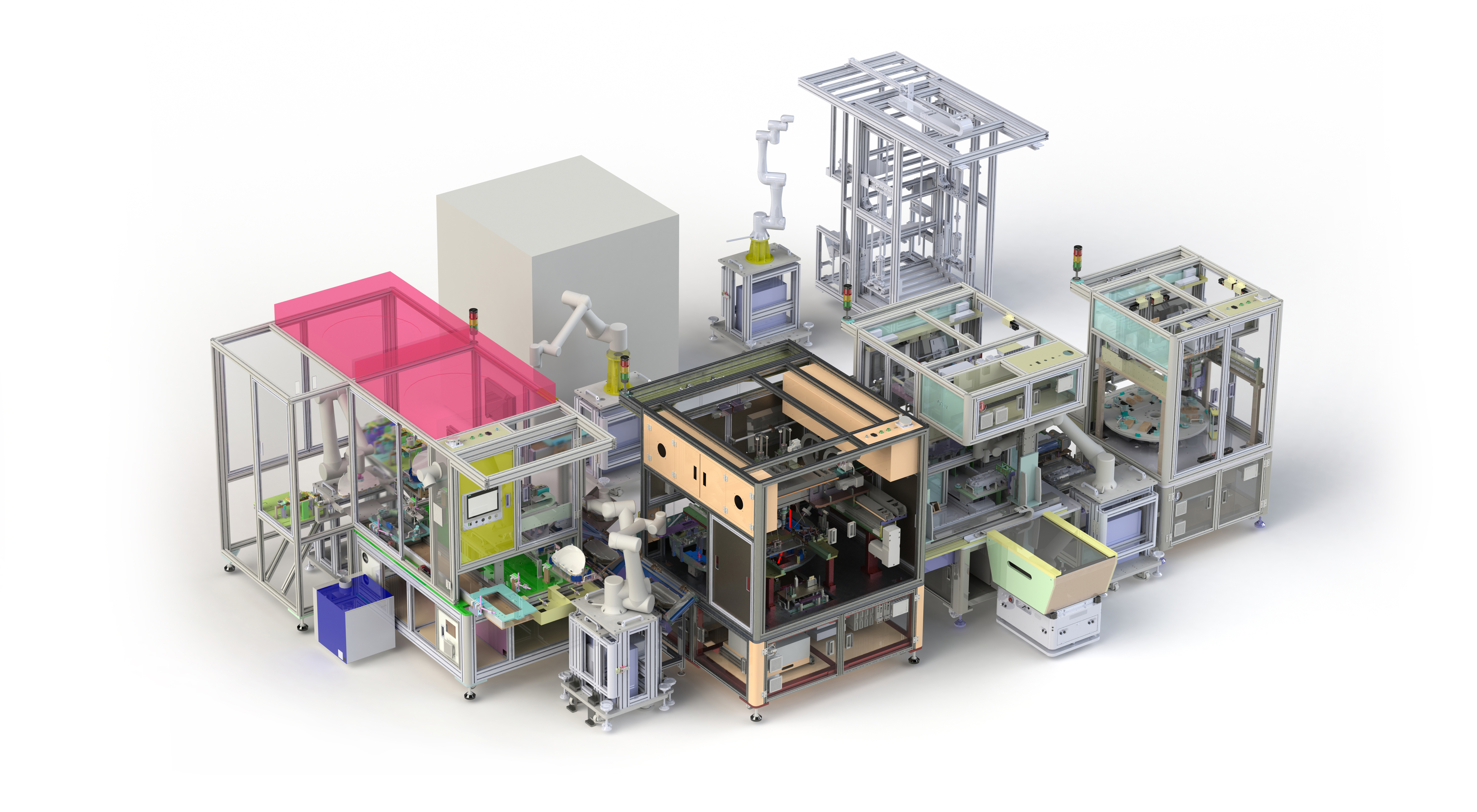What comes to mind when you think of autonomous transportation? For many people, it’s the image of a self-driving car. However, autonomous transport technology is much more than just vehicles and can be used across a wide range of fields. When used to support professionals in healthcare, facilities and warehousing, autonomous transportation technology can reduce the amount of time required for repetitive tasks — providing employees with the freedom to make the most of their time at work.
What Are Autonomous Transport Systems?
Autonomous transport systems provide the unmanned transfer of resources, people, baggage or information from point to point with minimal human intervention. Unlike autonomous transport vehicles, which are solitary trucks or cars used by an individual, an autonomous transport system is made of interconnected technology and software. These systems may include self-driving vehicles, but the focus is more on how those vehicles work with other technologies, such as an Application Programming Interface, to complete varied tasks, such as delivering lab samples from one part of a hospital to another using autonomous mobile robots (AMRs).
Autonomous transport systems are a valuable tool for industries that frequently handle difficult or repetitive tasks. These systems increase safety, efficiency and convenience for the employees who interact with them on a daily basis.
Using Simultaneous Localization and Mapping (SLAM), the AMRs are able to create an accurate map of the building where they work. Once the fixed route from one point to another has been set, the robots can travel between those locations as often as needed. They also have 3D LiDAR sensors and/or other sensors, like stereo cameras, that help them “see” to avoid people, tables, chairs and other objects.
Through the implementation of an autonomous transport system, factories, warehouses and distribution centers can keep their staff safe while These robots can interact with automatic doors and elevators as well, making them completely independent from human involvement as they go about their tasks. This autonomy is especially helpful for employees whose skills are needed for more important issues. They can reduce the time they spend going back and forth delivering materials and, instead, focus on areas where their skills are most valuable, such as strategic planning or problem-solving.
Which Industries Use Autonomous Transport Systems?
COVID-19 put an unprecedented strain on hospitals and healtWhile autonomous transport is most commonly used in trucking and transportation, there are other fields that can derive a lot of value in these systems. Any business that handles the movement of materials on predefined, repetitive routes would benefit from the implementation of an autonomous transport system.
The medical field is a good example. Hospitals are often short-staffed, putting intense demands on health professionals’ time. Both healthcare workers and their patients can suffer due to the stress of backlogged lab results, shortened appointments and employees who are overwhelmed with responsibilities. Service robots can support medical professionals by reducing the demands on their time. The carts can be used to collect and deliver lab samples from nurses’ stations to labs. They can also be used to deliver food trays and medicine to rooms. These systems reduce the amount of time employees have to spend on menial tasks, allowing them to focus on caring for patients and other important responsibilities.
As the pandemic eases and hospitals aWarehouses can also find value in autonomous transport systems. Machinery such as forklifts can be integrated into this system so that more dangerous tasks are handled by robotics to minimize the risk to human workers. Using automated warehouse robots to deliver products or parts from one location to another — such as orders that are ready for shipping — can also save time. These uses can decrease employee turnover by creating a more efficient and positive environment and allowing the staff to reduce the time spent on difficult and dangerous labor.
As the pandemic eases and hospitals aWarehouses can also find value in autonomous transport systems. Machinery such as forklifts can be inFactories and other facilities can also increase their efficiency and productivity by introducing autonomous transportation. Materials or products can be delivered to the assembly line by autonomous carts, allowing staff to focus on the more complex aspects of their job. With their sensors and emergency-stop capabilities, the robots can safely navigate among staff without risking collision.
As the panAutonomous delivery robots are designed to address a company’s unique needs. They can be programmed to complete a wide range of tasks, such as delivering lab samples, boxes or materials for an assembly line. This robotization technology can be integrated into existing machinery, or new driving units can be introduced into a company’s operations. No matter how the mobile robots are implemented, they can be customized to move wherever they may be needed within a building’s specific floor plan.
The Value of Autonomous Transport Systems
Autonomous transport systems are designed to integrate seamlessly into established processes, increasing efficiency and safety for those working alongside the tech. Dangerous, repetitive or menial tasks can all be offloaded from human hands, creating a safer, less stressful environment for employees.
Many businesses find it challenging to prioritize tasks in a way that makes the most of their employees’ time at work. Autonomous transport systems allow employees to use their unique skills where they can have the most impact, rather than spending time and energy on repetitive tasks. Not only does this create a more positive work environment, it also means that employees are using their time in the best way possible.
Endlessly adaptable and customizable, autonomous transport systems are efficient, consistent, and made to complement the unique needs of businesses across different industries. Through the implementation of this technology, businesses can focus more on allowing their employees to be creative and innovative.
he goal is to create an environment where human workers are provided the opportunity to use their skills to expand what’s possible within their industry, without getting caught up in menial, repetitive tasks. Autonomous systems — such as Yujin Robot’s line of products and services — are created with the human element in mind. It’s about making a world where people can spend their time doing what really matters. With autonomous systems, this world is closer than ever.



















